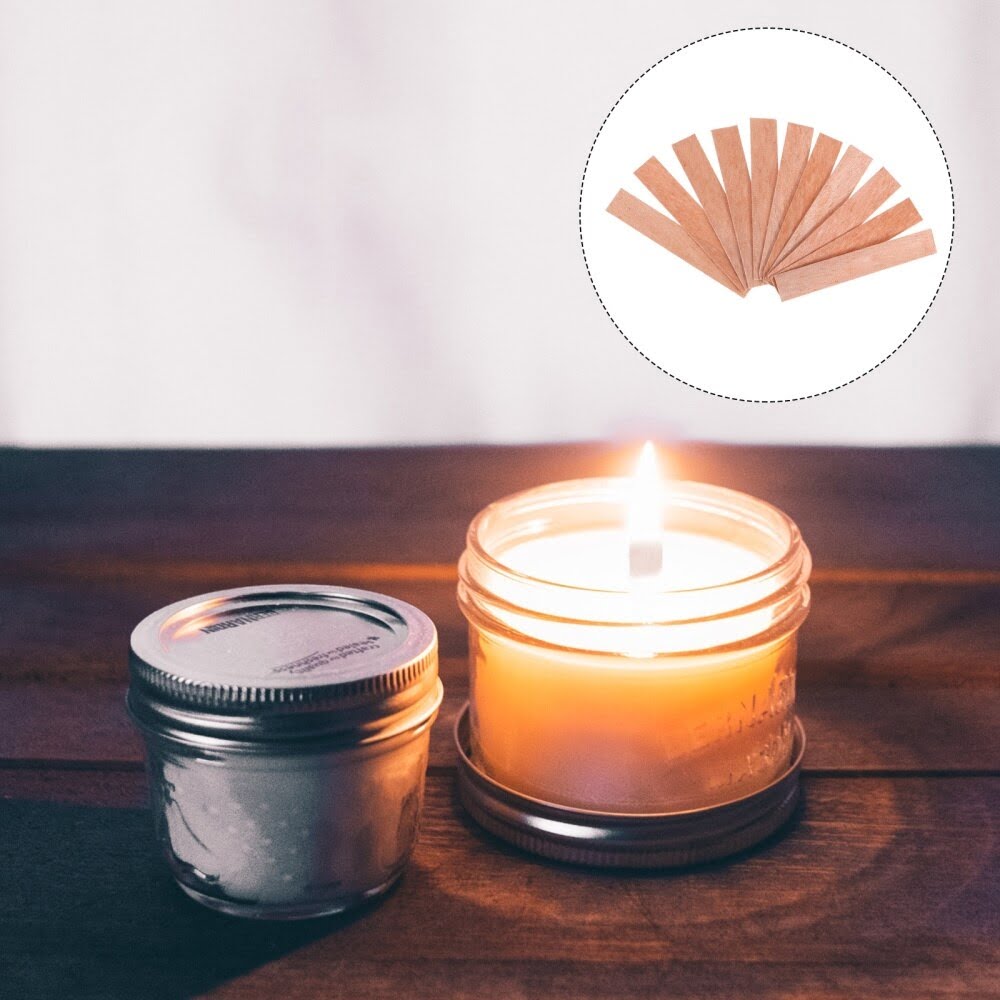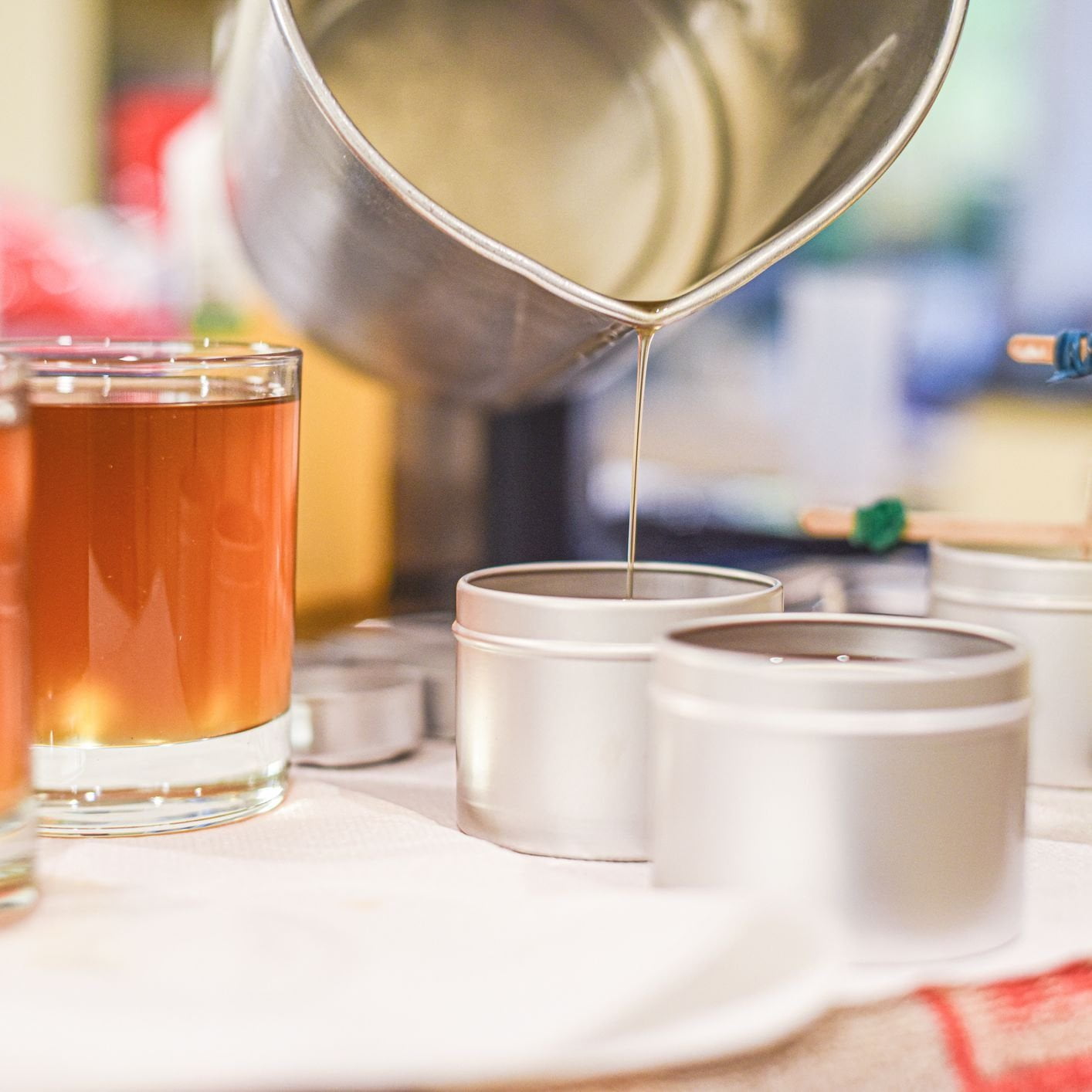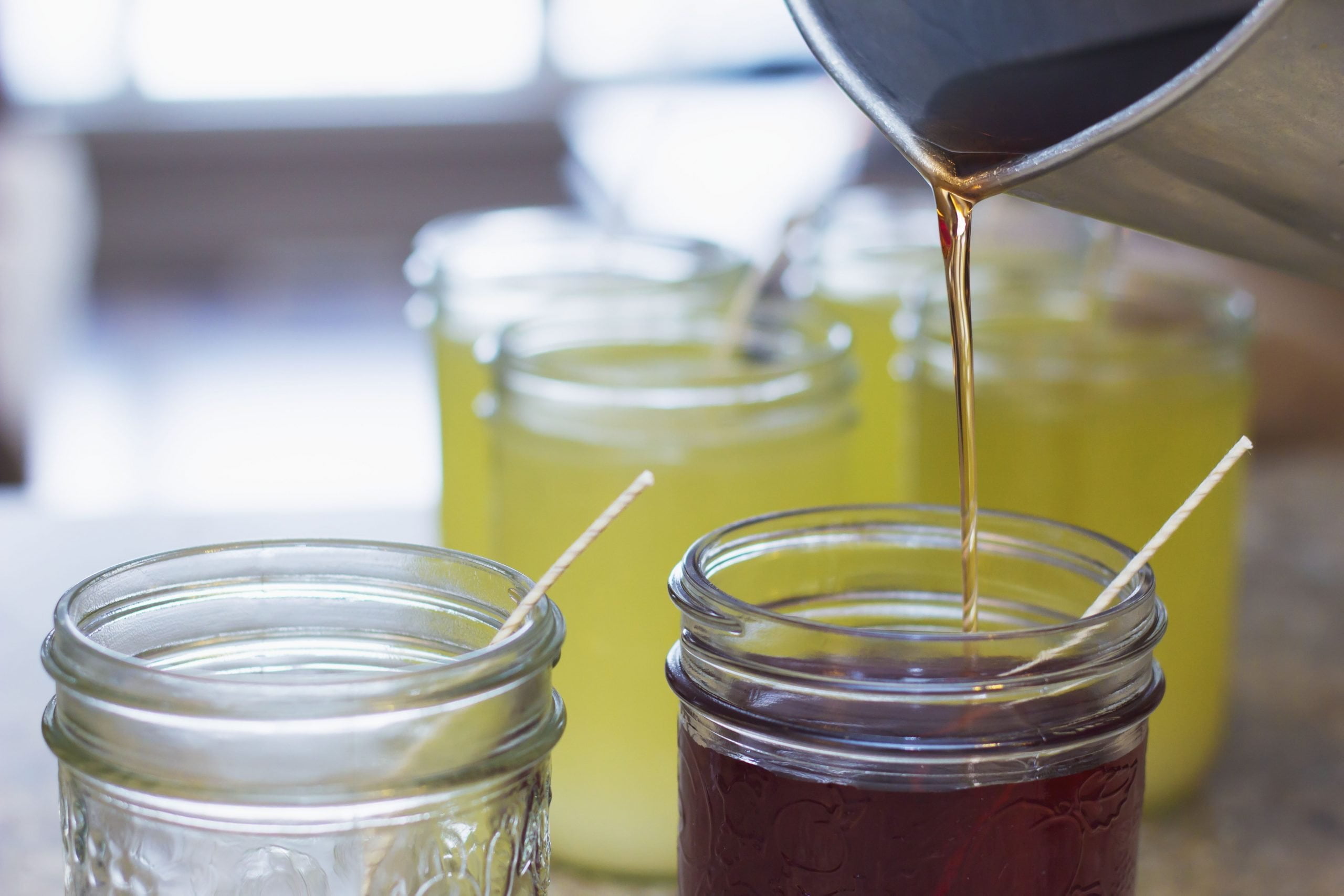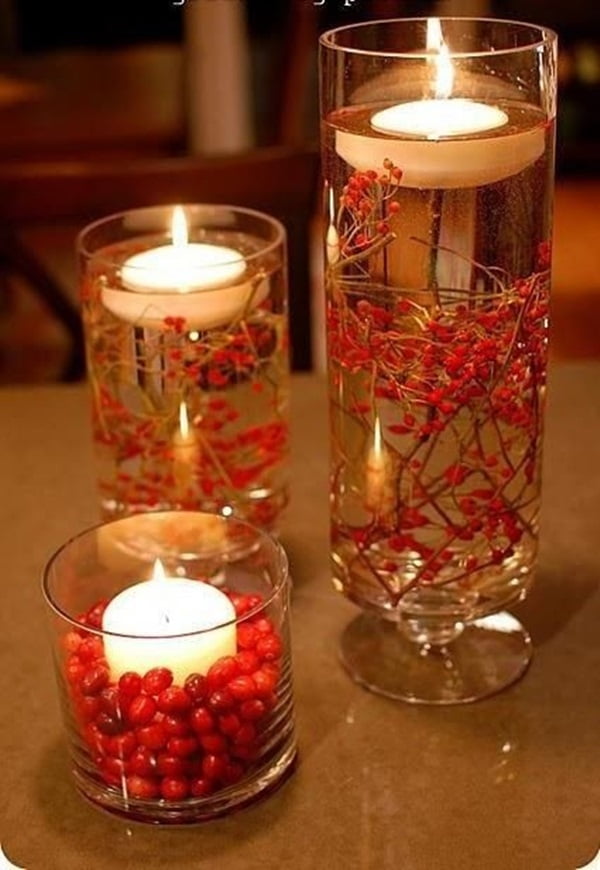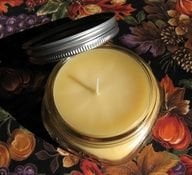## Troubleshooting Candle Making
Candle making is fun and creative, but unfortunately it is not free from troubleshooting. But don’t worry – the vast majority of issues are easily fixable with the right knowhow and a few tweaks to your technique! Read on for an in-depth guide to troubleshooting your candle-making woes.
### Poor Scent Throw
If you’ve made a candle with scent, but can barely smell it burning, you may be experiencing a poor scent throw. This could be caused by a number of factors:
– **Incorrect Amount of Scent Used** – Many scent manufacturers provide guidelines for usage rates, so make sure you follow those to get the best scent throw.
– **Low Melting Point Wax** – If the melting point of your wax is too low, then your fragrance will evaporate away without becoming strong enough to be noticed. Choose wax with a melting point close to or higher than your selected fragrance oil to prevent this issue.
– **Low Quality Fragrance Oil** – Low quality fragrance oils will not provide you with the desired result, and can easily lead to a weak scent throw. Invest in good quality oils to avoid this issue.
### Uneven or Slanted Burning
If your candle is burning unevenly and creating a tunnel, or has a slanted burning pattern and one side melts faster than the other, fear not – this is a very common issue. The most likely causes are:
– **Improperly Seized Tops Layer** – If the layer of wax on the surface of your candle has not been sufficiently cooled, then this can lead to tunneling and off-centre burning. Cool the wax until it is no longer tacky (20-25 minutes) to allow the top layer to seize.
– **Uncentred Wick** – If your wick is not correctly centred when you pour the wax into your vessel, this can cause off-centre burning. Make sure your wick is correctly placed when pouring your wax.
– **Unsuitable Container** – If you’re using an overly large container, the heat from the burning candle may not be able to reach the edges and sides of your container, which can lead to uneven burning. Stick to containers or moulds that are no more than one inch wider than your wick.
– **Low Scent Load** – If the wax is not sufficiently infused with scent, the lack of scent molecules will result in a more intense burning sensation, which causes the candle to burn unevenly. Increase your scent load to prevent this.
### Wet Spots
If you’ve noticed your candles have wet spots on their surface, it is likely that your wax is not hot enough when pouring. If you don’t heat it enough, some of the wax will remain solid and not integrate with the rest of the wax. To remedy this, heat the wax to around 168°F (76°C) before pouring, and ensure that the entire mixture is completely melted but not too hot.
### Soft Wax
Soft wax is wax that is too weak to hold its shape. The causes of this issue vary, but can include:
– **Too Much Additives** – Adding too much additives or oils to your wax can weaken its structure. Keep additives to no more than 5% of your wax weight.
– **Poor Cooling** – If your wax has not been sufficiently cooled, it won’t be able to get hard enough to hold its shape. Allow it to cool undisturbed until it’s no longer tacky (20-25 minutes).
– **Contaminated Wax** – If your wax has become contaminated with water or oil, this will reduce its structure and weakens it.
– **Flammable Additives** – If you’ve added flammable additives such as accelerants or colourants, this can cause your wax to become softer. Stick to natural, non-flammable additives to avoid this issue.
### Mottling
If your candles exhibit spots or blotches on their surface, known as ‘mottling’, this is likely due to too low a temperature when pouring your wax. This can be caused by a number of factors, such as cool wax (below 130°F / 55°C), inadequate mixing of the wax, or slow stirring of the wax during the cooling phase. To remedy this, ensure your wax is kept at a temperature between 130°F and 150°F (55°C to 65°C) when pouring.
Hopefully this guide will help you troubleshoot your candle-making woes! If you’re still having issues, don’t hesitate to reach out to a professional for further advice.

Welcome to my candle making blog! In this blog, I will be sharing my tips and tricks for making candles. I will also be sharing some of my favorite recipes.

